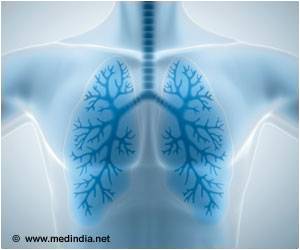
‘Modifications of primary cancer therapy were associated with reduced risk of subsequent malignancies among childhood cancer survivors treated in more recent treatment eras.’
Tweet it Now
The Childhood Cancer Survivor Study and other groups of childhood
cancer survivors have reported extensively on the incidence of and risk
factors for subsequent neoplasms (tumors). Lucie M. Turcotte of the University of Minnesota Medical School, Minneapolis, and colleagues conducted a study that included 23,603 five-year cancer survivors (average age at diagnosis, 7.7 years) from pediatric hospitals in the United States and Canada between 1970-1999, with follow-up through December 2015.
1,639 survivors experienced 3,115 subsequent neoplasms, during an average follow-up of 20.5 years. The most common subsequent malignancies were breast and thyroid cancers. Proportions of individuals receiving radiation decreased (77% for 1970s vs 33% for 1990s), as did median dose.
A 15-year cumulative incidence of subsequent malignancies decreased by decade of diagnosis (2.1% for 1970s, 1.7% for 1980s, 1.3% for 1990s). Relative rates declined with each five-year increment for subsequent malignancies.
Radiation dose changes were associated with reduced risk for subsequent malignancies, meningiomas (a tumor that arises from the membranes that surround the brain and spinal cord), and nonmelanoma skin cancers.
Advertisement
Source-Eurekalert














